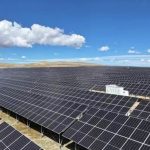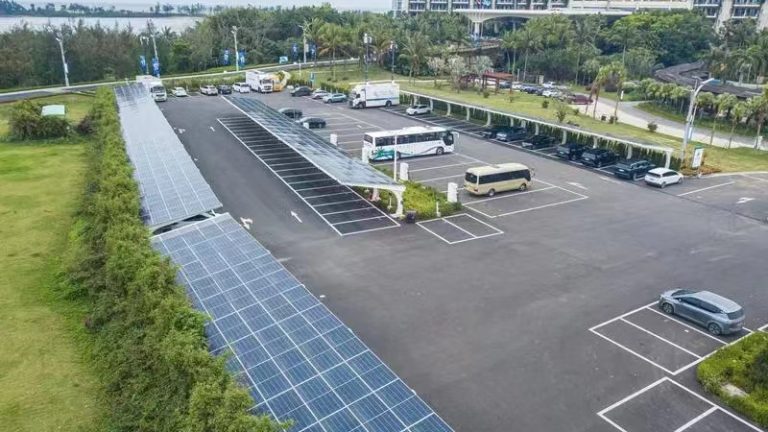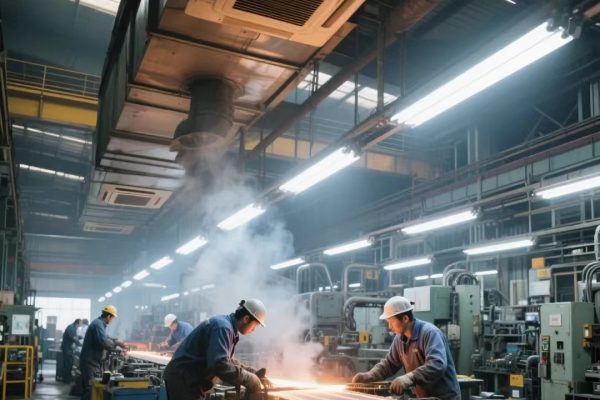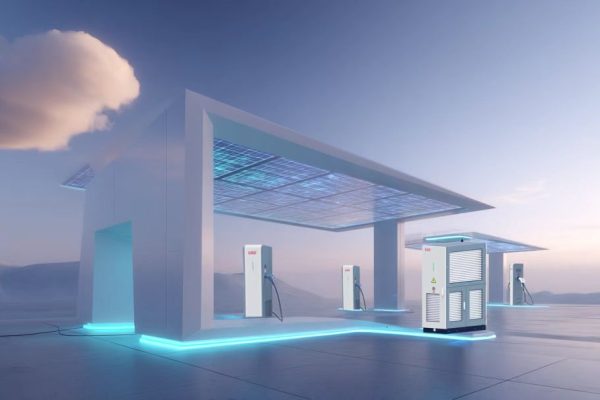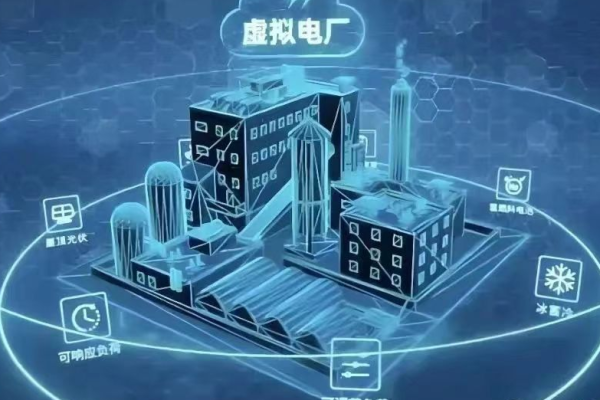Strategies for Maximizing Value from PV+Battery Investments
SMEs and the Rising Case for Storage
For Small and Medium Enterprises (SMEs) — factories, workshops, retail centers, schools, farms — the impact of energy costs, grid instability, and sustainability pressure is increasing.
More SMEs are now asking:
“Can solar + storage help my business save money — and how quickly will I see ROI?”
The good news: Yes, storage can offer solid ROI for SME projects — if designed and deployed strategically.
This article explores practical ways for integrators and installers to help SME clients maximize ROI from PV + ESS systems.
⚡ Why SMEs Are Looking at Energy Storage
🔋 Common SME Challenges:
- High peak demand charges
- Frequent grid outages or unstable voltage
- Rising electricity rates
- Limited roof space (must maximize every kWh)
- Diesel dependence in some regions
Energy storage (ESS) can help solve these — but only if it’s configured with a clear business case.
📈 ROI Equation for SMEs: The Basics
ROI = (Total Savings – Total Costs) / Total Costs × 100%
To improve ROI, we must maximize savings and minimize costs across the system’s lifecycle.
Let’s break down both sides of this equation.
✅ 1. How to Maximize Energy Savings
🔁 A. Use Storage for Self-Consumption First
In many markets, self-consumed solar is more valuable than exporting to the grid. Batteries allow excess solar to be stored during the day and used at night.
💡 Tip: Set inverters to prioritize “Load First, then Battery,” only exporting surplus.
⏰ B. Shift Load to Reduce Peak Demand Charges
Many commercial utilities bill SMEs based on kW demand during peak hours.
Smart energy storage can:
- Charge during off-peak times or from solar
- Discharge during peak demand events
- Cut demand charges by 20–40% in some cases
🧠 Use hybrid inverters with programmable time-of-use (TOU) modes for this.
⚠️ C. Use Storage for Backup — But Make It Smart
Diesel generators are still common in backup strategies, but:
- Fuel costs are rising
- Noise and emissions are regulatory concerns
- Maintenance is expensive
SMEs can use storage to handle frequent short outages, and only trigger the diesel for extended blackouts.
⚙️ Integrate diesel auto-start logic into the inverter for seamless fallback.
🧾 D. Track Performance with Cloud Monitoring
If clients can’t see savings, they won’t value the system. Use smart apps or portals to:
- Show daily/monthly cost reduction
- Monitor PV vs battery vs grid mix
- Track peak shaving success
📲 Bonus: Use monitoring data to upsell expansions or maintenance contracts later.
💰 2. How to Minimize System Costs (Without Compromising Quality)
🧩 A. Size the System Correctly
Oversizing kills ROI. For SMEs:
- Start with 5–15kW hybrid inverter
- Battery size 10–30kWh depending on loads
- Optional PV-to-battery ratio: 1.2–1.5x
🔍 Run load assessments and simulate solar yield for accuracy.
⚡ B. Use Stackable or Modular Batteries
This allows clients to start small, and expand storage later as savings become evident.
- Reduces upfront investment
- Aligns with SME cash flow
- Eases logistics for exports
🧱 Examples: 5kWh LFP stackable packs, 48V rack systems
🔌 C. Minimize On-Site Labor with Pre-Bundled Kits
Offer ESS kits that are:
- Pre-cabled and labeled
- With mounting brackets and clear manuals
- Factory-configured for faster commissioning
This reduces installation time and errors — especially in international projects with less trained labor.
🌎 D. Target Local Incentives or Grants
Some SME clients can benefit from:
- National ESS subsidy programs
- Clean energy finance loans
- Carbon reduction grants for manufacturing sectors
📑 Prepare a basic ROI + payback calculator with incentives included.
📊 Real-World Payback Timeline Examples
| Market | System Size | Use Case | Estimated ROI | Payback Period |
|---|---|---|---|---|
| 🇿🇦 South Africa | 10kW + 15kWh | Load shedding + TOU savings | 25–40% | 3.5–5 years |
| 🇮🇳 India | 8kW + 10kWh | Diesel offset + solar self-use | 30–50% | 3–4 years |
| 🇲🇾 Malaysia | 5kW + 10kWh | Solar shifting + backup | 20–35% | 4–6 years |
| 🇵🇭 Philippines | 10kW + 20kWh | Grid outage mitigation | 35–60% | 2.5–4 years |
📌 Note: ROI improves significantly when diesel replacement and peak charge avoidance are involved.
🔧 Advanced Tactics to Improve ROI
1. Use Load Control Relays
Inverters can shed non-critical loads when the battery is low, preserving uptime and extending system life.
2. Smart EV Integration
If the SME has EVs, batteries can be charged during solar peak, then discharged to load — improving utilization.
3. Firmware Optimization
Keep hybrid inverters updated to fix bugs and improve charging logic — improving yield and lifespan.
4. Thermal Management
In hot climates, use shaded outdoor-rated battery enclosures. Excess heat reduces lifespan and performance.
📦 Product Considerations for Exporters
If you’re supplying ESS to SME integrators:
- Offer modular hybrid kits (5–15kW, 10–30kWh)
- Support WiFi/4G monitoring for remote ROI visibility
- Include auto-generator input where relevant
- Provide load sizing templates and simulation spreadsheets
- Maintain spare parts stock (BMS, fans, breakers)
📞 Bonus: Offer remote commissioning support via video for international partners.
Storage ROI Is Real — But Requires Strategy
PV + storage systems for SMEs can be more than a green image upgrade — they can be revenue-positive assets.
But only if the system:
- Matches real usage patterns
- Is sized properly
- Avoids unnecessary cost
- Is monitored and supported
As an installer or integrator, helping SME clients understand their energy needs and build a business case is the best path to both sales and long-term satisfaction.



